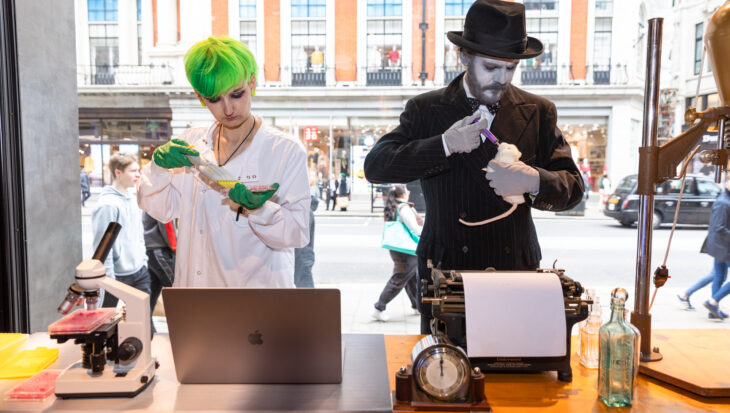In a ground-breaking step aimed at curbing the poisoning, trapping and shooting of raptors, Holyrood introduced – this year – the offence of ‘criminal vicarious liability’, which will hold to account employers and anyone else who turns a blind eye to wildlife persecution. In a 3 March 2011 press release from the Scottish Government, Environment Minister Roseanna Cunningham said: ‘We have taken a huge step forward in the prevention of wildlife crime by introducing a criminal vicarious liability offence. This will provide a deterrent for those who think they can get away with allowing the deliberate poisoning of some of our most iconic birds of prey, a practice that has been a blight on our nation for too long.’
The RSPB’s Bird Crime Report 2009 showed 384 UK-wide persecution incidents against birds of prey 1. Most, the RSPB reports, involved grouse shooting interests. The victims were iconic birds revered by the public: the golden eagle, white tailed eagle, hen harrier, goshawk, peregrine and red kite.
The hen harrier has suffered especially severely from such persecution. The number of Scotland’s breeding pairs has declined from 633 to 489 in only the last 6 years 2, while the bird is virtually extinct on England’s moors – a habitat in which it should be thriving.
Figures for 2011 show that the killing of a wide variety of raptors continues at the same alarming rate. According to the Scottish Government’s Science and Advice for Scottish Agriculture (SASA), 28 birds were poisoned between January and December 2010 3 . In the first three months of 2011, incidents involving the deaths of 20 birds – such as buzzards, red kites and even a white tailed eagle – have been recorded by the SASA, though these cases are still awaiting verification 4. Depressingly, detected crime is a small part of the whole dismal story. The banned pesticide Carbofuran is frequently discovered on or near shooting grounds, and protected birds of prey are found struggling, or dead with shotgun wounds.
Though Jim Paice has made public his avid support of ‘game bird’ shooting, Animal Aid argues that this does not preclude him from following the Scottish ‘vicarious liability’ example.
In Animal Aid’s letter to the Minister, Director Andrew Tyler notes: ‘While expensive London restaurants compete on the “Glorious Twelfth” to serve the first grouse to be shot, eviscerated and flown South, Britain’s moorlands are witnessing the systematic persecution of iconic birds of prey. Notwithstanding the shooting industry’s protestations of innocence, the most credible evidence points to these magnificent birds being slaughtered in order to shore up a grouse shooting industry that is morally repugnant.’
Notes to Editors:
References
- RSPB press release, 16 September 2010. http://www.rspb.org.uk/media/releases/260575-twenty-years-of-war-waged-on-birds-of-prey
- BBC, 2 March 2011. http://www.bbc.co.uk/news/uk-scotland-12617877
- Scottish Government press release, 14 March 2011. http://www.scotland.gov.uk/News/Releases/2011/03/14134714
- Science and Advice for Scottish Agriculture 2011. http://www.sasa.gov.uk/animal-poisoning-reports

